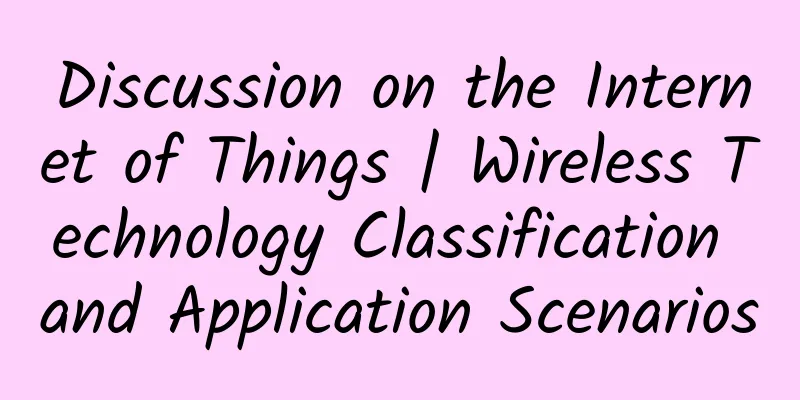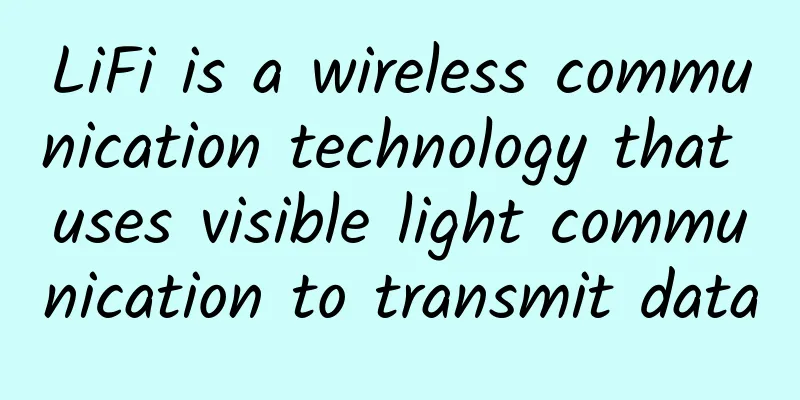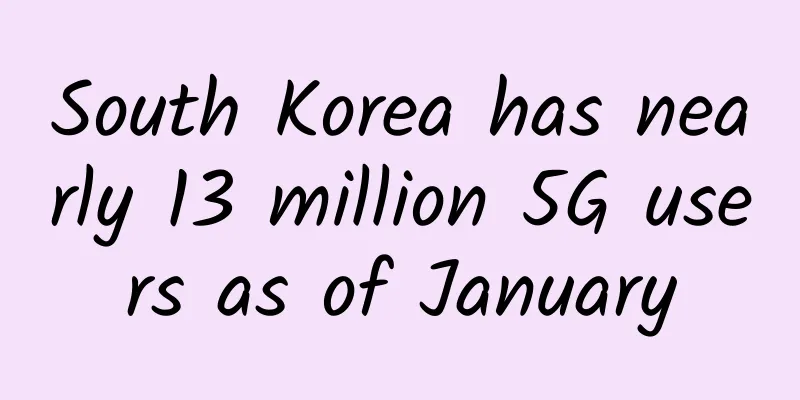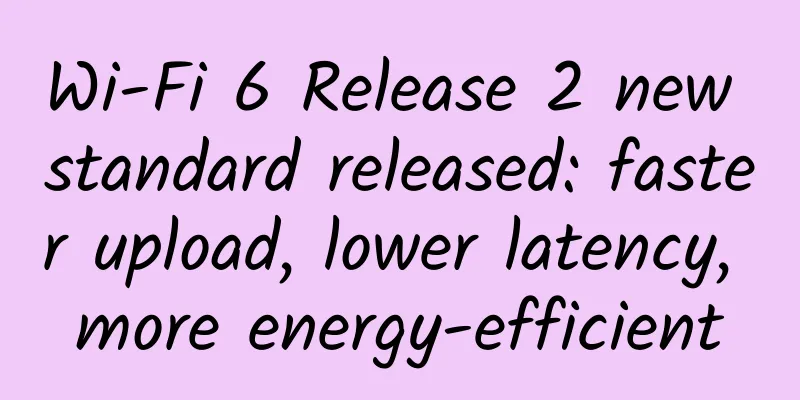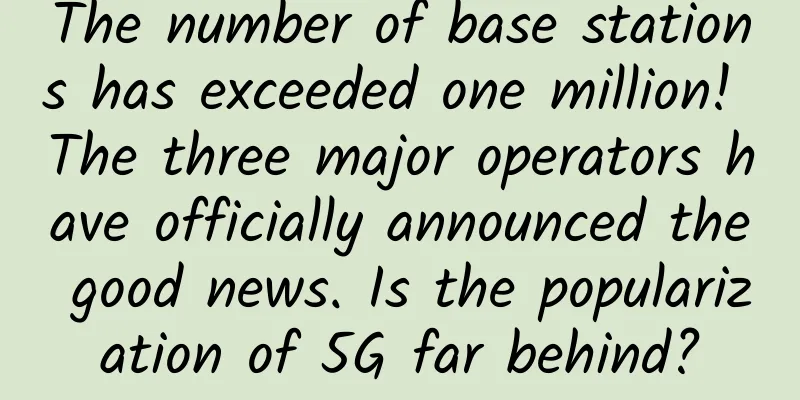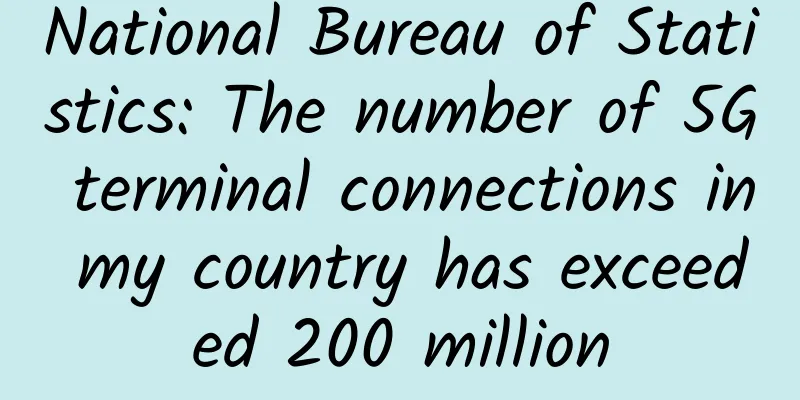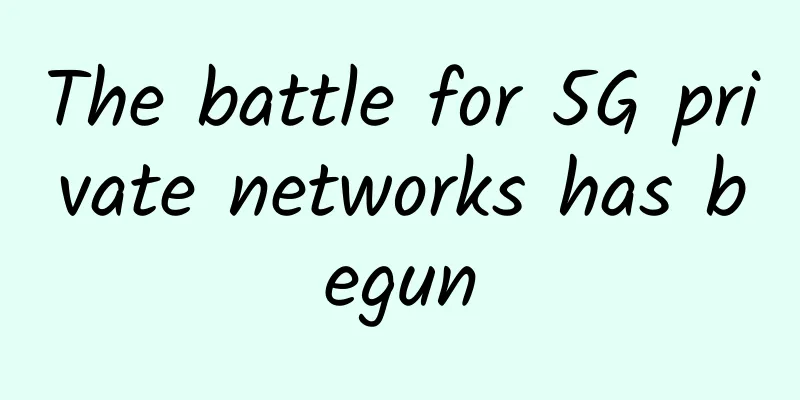Illustrated Network: Uncovering the principle behind TCP's four waves, combined with the example of a boyfriend and girlfriend breaking up
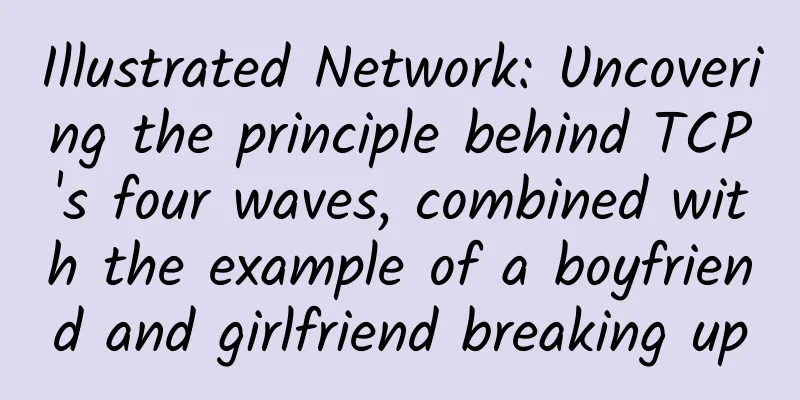
|
In this section, Rui Ge will continue to show you how to use diagrams to explain the network and explore the principle behind TCP's four-wave disconnection. Let’s get straight to the point! A brief review of TCP three-way handshakeTCP is a full-duplex protocol. In order to establish a connection, a reliable link can be established through three handshakes:
TCP three-way handshake simple process TCP four times waveExamples from real lifeBoth ends of the connection can terminate the TCP connection, and even unilateral termination is possible, which is also called a half-open connection. Even if one party has disconnected, the other party can still transmit data. The four waves we mentioned refer to the disconnection of both parties. Let us first explain with examples from real life: Four Waves - Real Life Example: Breaking Up Xiaomei and Xiaoming are college classmates. When they first entered college, Xiaoming was tall, handsome, and could play basketball. Xiaomei admired him very much, and Xiaoming also liked Xiaomei very much. Just like that, on a dark and windy night, they became lovers. However, as time went by and the environment changed, the two gradually lost their passion, so Xiaomei proposed to break up with Xiaoming. The process of breaking up is similar to TCP's four waves:
Then a big red exclamation mark will appear on Xiao Ming’s WeChat! WeChat blacklist These are four waves. Isn’t it very vivid? Next time if you forget the TCP four-wave procedure, I think you can imagine yourself as a scumbag. Okay, let's get back to the topic and analyze the principle of TCP's four waves. Analysis of the principle of four-waveFour wave process As shown in the figure, the client wants to disconnect from the server:
This can be associated with the fact that when Xiaomei was sending the breakup message, her boyfriend Xiaoming had been sending messages to Xiaomei. The messages that Xiaomei did not read were put into the queue. Xiaomei would still read the messages in the queue, but would no longer actively reply to these messages.
At this point, the TCP connection is disconnected! TCP four times handshake - with sequence number As shown in the figure, M and N are both sequence numbers, representing the client and server respectively, and are also used to distinguish the server from the client. For example, when you see M, you think that the message comes from the client, and when you see N, you think that the message comes from the server. So the process becomes:
At this point, TCP has successfully disconnected. Maximum lifetime of a disconnectHere is another example. After Xiaomei sends the message "That's it, let's delete each other's WeChat, goodbye!", she will wait for up to four minutes to give Xiaoming a chance to retain her: Wait four minutes If Xiao Ming doesn't try to stop him within these four minutes, then I'm sorry, it's game over! Game Over! In the [Four-wave Principle Analysis] diagram, we noticed the TIME_WAIT state. After the client sends the last ACK segment, the connection will not be terminated immediately. Since there is no guarantee that the last data packet sent has indeed arrived, the client or server will initially remain in the time waiting state until the maximum life cycle (MSL, Maximum Segment Lifetime) of the ACK segment and any new FIN segment can completely enter the CLOSED state. This mechanism is mainly based on two considerations:
|
<<: Understanding Internet Protocol Security — IPSec
>>: Network virtualization market development status in 2022
Recommend
Debunking three myths about edge computing
【51CTO.com Quick Translation】With millions of mac...
China Telecom: Continue to build a comprehensive 5G private network solution integrating "network edge cloud and service"
With the continuous advancement of "new infr...
Talk about how 5G and AI work together from the perspective of 5 major industry applications
As new technologies continue to emerge, more and ...
Huawei Cloud and Dassault Systèmes collaborate to promote 3DEXPERIENCE platform cloud services for industry customers
On September 6, at the "HUAWEI CONNECT 2017&...
Huawei Vice Chairman Hu Houkun: Crossing the business chasm and creating new 5G value
During the 2020 Global Mobile Broadband Forum, Hu...
To accelerate 5G innovation and monetization, Ericsson and several operators jointly established a network API company
According to foreign media reports, communication...
To develop new infrastructure, major cities across the country have pressed the "start button"!
Suddenly, as if overnight, a spring breeze came, ...
Are operators “breaking away from” the old ways? 2G/3G networks will eventually leave the stage
Recently, China Telecom Yunnan Company (Yunnan Te...
RAKsmart: San Jose/Los Angeles E3 server flash sale starting from $30/month, cluster server starting from $142/month, US/Hong Kong/Korea/Japan data centers
RAKsmart is a foreign hosting company founded by ...
PoE Basics: Do You Really Understand PoE?
By transmitting both data and power over the same...
Let’s talk about the brief history of world communications
This article is reprinted from the WeChat public ...
How does machine learning help 5G networks?
Machine Learning Machine learning is a field of e...
Say hello politely - TCP protocol three-way handshake
The Art of Communication What is the most basic a...
A survival guide for communications professionals
The situation in 2022 is more serious than expect...
What is the difference between enterprise Wi-Fi and home Wi-Fi? | These 5 points will help you understand
With the popularity of smart terminals, people ha...
